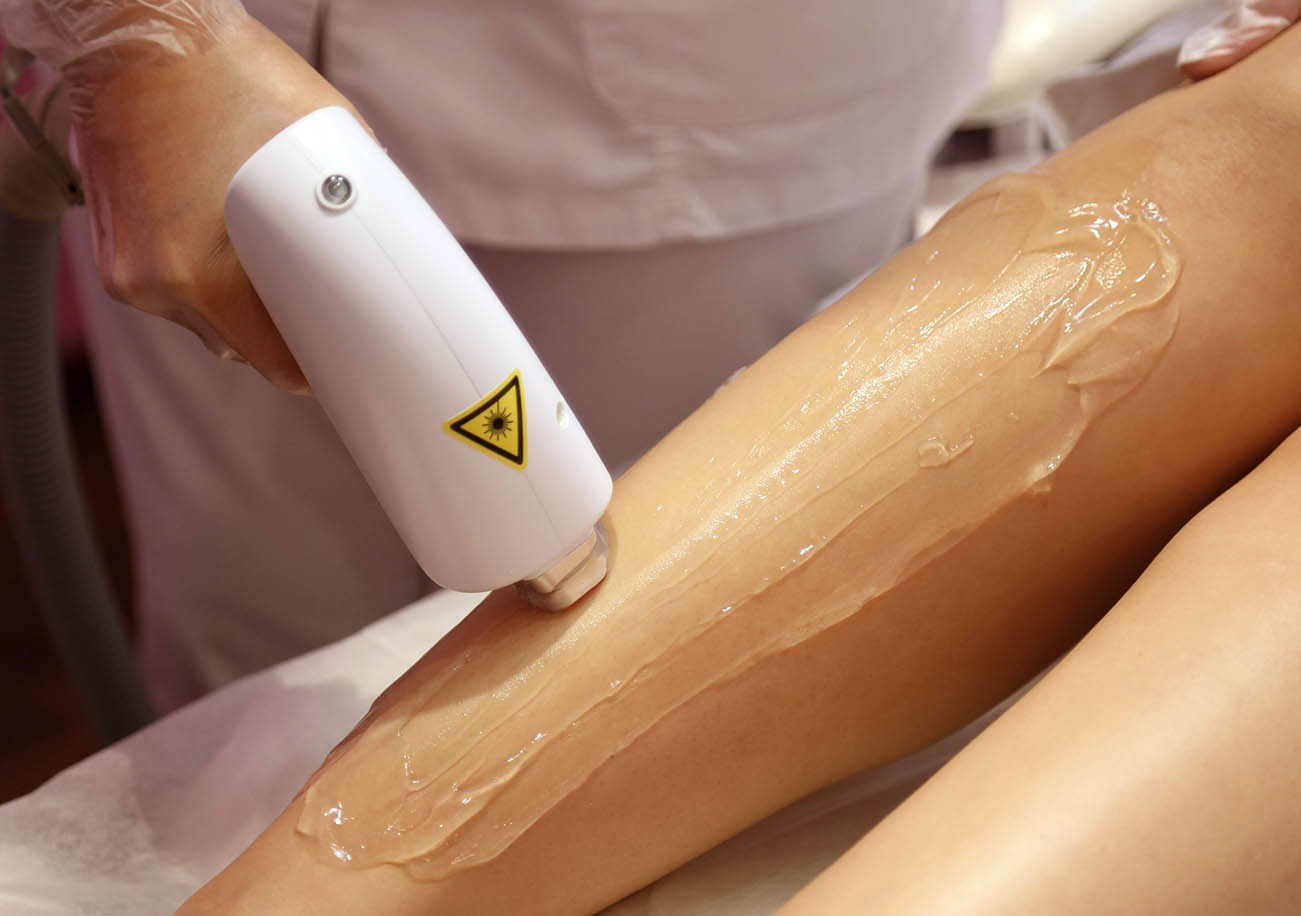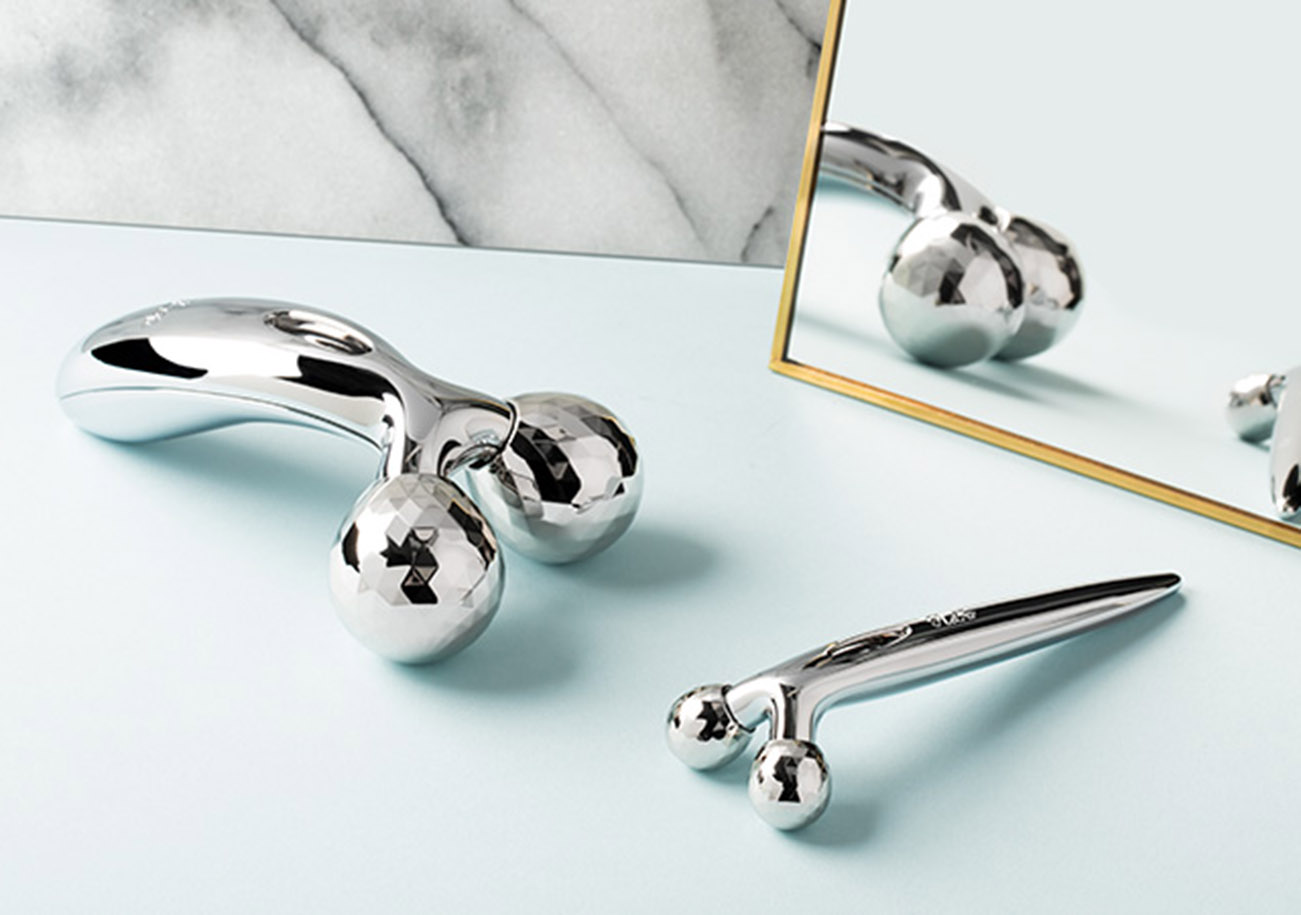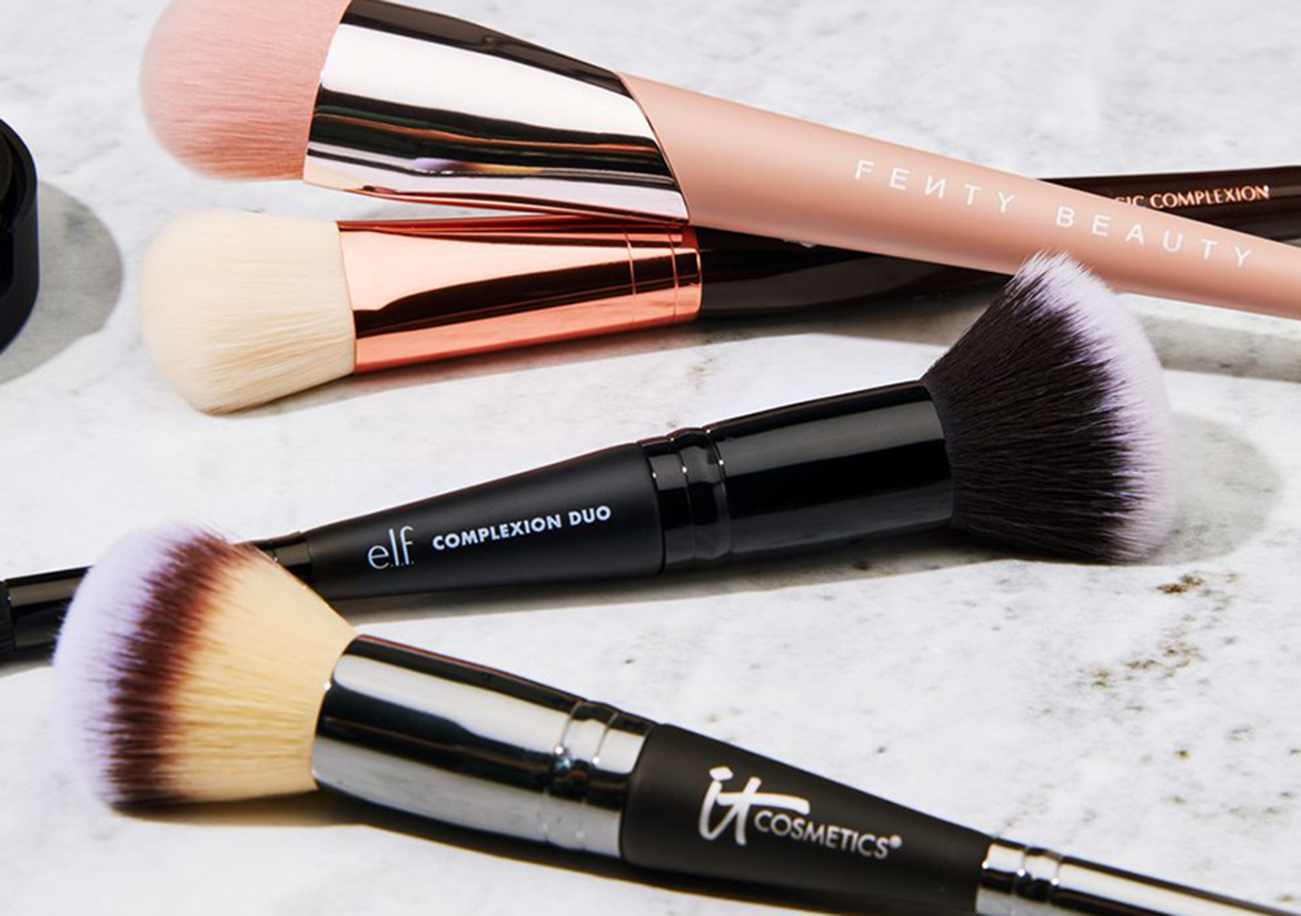With the continuous advancement of the beauty industry, hair removal technology is also evolving. For those who are seeking beauty, hair removal has become more than just a simple daily grooming step—it is a long-term investment in skin comfort and appearance. Traditional hair removal methods, such as razors, depilatory creams, and waxes, while effective in the short term, come with certain drawbacks such as pain, irritation, and skin allergies. The introduction of laser hair removal devices has revolutionized the process, making hair removal safer, more efficient, and long-lasting. So, how exactly do laser hair removal devices work? Do they live up to their claims of perfection? Today, let me take you on a deep dive into the world of laser hair removal devices and provide some advice on how to choose the best one.
Is Laser Hair Removal Permanent?
One of the main reasons people opt for laser hair removal is the promise of long-term or even permanent hair reduction. But does laser hair removal really provide permanent results as advertised?
Laser hair removal works by targeting the hair follicles with laser beams that utilize light and heat to destroy the melanin in the hair, thus inhibiting further hair growth. While laser hair removal can significantly reduce hair growth, it does not guarantee 100% permanent hair removal. Typically, after several treatments, most people experience a substantial reduction in hair regrowth, and the remaining hair tends to be thinner and finer. However, due to factors such as genetics and hormonal changes, some hair may eventually regrow. Therefore, laser hair removal offers a long-term reduction in hair growth, but it is not an “absolute permanent” solution.
Does Laser Hair Removal Hurt?
A common question people have about laser hair removal is whether the procedure is painful. While pain tolerance varies from person to person, in general, the discomfort associated with laser hair removal is quite bearable.
During a laser hair removal treatment, the laser device emits high-energy light beams that penetrate the skin and reach the hair follicles. This process generates heat, which may cause a slight stinging or burning sensation. To alleviate discomfort, many modern laser hair removal devices are equipped with cooling systems that help lower the skin temperature during the procedure. Additionally, if you’re particularly sensitive, you can apply a topical numbing cream before the treatment to reduce any pain.
For those with more sensitive skin, the pain may be more noticeable. However, compared to traditional hair removal methods, such as waxing or shaving, laser hair removal is relatively mild in terms of pain. After all, the temporary discomfort experienced during laser hair removal is far less intense than the prolonged pain of using razors or waxing.
Is Laser Hair Removal Safe?
Laser hair removal is a widely used and clinically proven method, making it a generally safe option for most people. It has been extensively tested and is widely accepted in medical and cosmetic fields. Modern laser hair removal devices come with numerous safety features, such as temperature control systems and skin scanning technologies, to ensure that the laser energy is delivered safely to the skin.
However, like any medical or cosmetic procedure, laser hair removal carries some risks, albeit rare. For example, if the treatment is not performed correctly and the laser energy is set too high, there could be the risk of skin burns, pigmentation changes, or allergic reactions. Therefore, it is essential to choose a certified device and an experienced practitioner for the procedure.
How Does Laser Hair Removal Work?
The effectiveness of laser hair removal comes from its ability to target the melanin in the hair. When the laser beams strike the hair, the melanin absorbs the laser energy, which is then converted into heat. This heat damages the hair follicles, preventing future hair growth.
Although the principle behind laser hair removal is simple, the technology requires precision. The devices must accurately detect the depth and location of each hair follicle to ensure effective treatment. Modern laser devices are equipped with intelligent systems that adjust the laser’s energy and wavelength based on individual skin and hair parameters, ensuring optimal safety and effectiveness during the procedure.
Is Laser Hair Removal Safe for All Skin Types?

Although laser hair removal is generally safe, not all skin types are equally suited for it. Different skin types and hair colors absorb laser energy differently, which can affect the outcome.
For individuals with darker skin, the higher concentration of melanin may absorb more laser energy, leading to a greater risk of skin damage. For this reason, it is important to use specialized laser devices that are designed to work on darker skin tones. Some older laser devices may not be as effective or safe for individuals with darker skin, so extra caution should be taken when choosing a device.
Additionally, laser hair removal is less effective for people with gray or white hair, as these types of hair contain less melanin, making it harder for the laser to target and absorb enough energy. If you have gray or white hair, you may need more treatments, and the results may not be as pronounced as with darker hair.
How to Choose a Home Laser Hair Removal Device?
With the advancement of technology, home-use laser hair removal devices have become more widely available, providing a convenient and accessible option for hair removal. But with so many options on the market, how do you choose the right one?
- Safety: Safety is the most important consideration when choosing a home laser hair removal device. Ensure that the device is certified and meets international safety standards. Opt for devices from reliable brands with good customer support to avoid any risks related to poor-quality equipment.
- Suitability for Skin Type: Different laser devices are suitable for different skin types, so it’s important to ensure the device you choose is compatible with your skin. People with darker skin or light-colored hair should select devices specifically designed for their needs.
- Comfort: The user experience should also be considered when choosing a home laser hair removal device. Look for devices that have cooling features and adjustable energy settings to ensure a comfortable hair removal process.
- Price and Brand: The prices of home-use laser devices can vary greatly, typically depending on the brand and the features they offer. Choose a device that offers good value for money while also meeting your safety and comfort needs. Don’t prioritize price over quality, as safety and effectiveness are paramount.

Recommended Brands
- Philips Lumea Prestige: One of the most well-known home laser hair removal devices on the market, Philips Lumea Prestige uses advanced IPL (Intense Pulsed Light) technology to gently and effectively remove hair. It’s especially suitable for people with sensitive skin and can be used on various skin tones.
- Tria Beauty Hair Removal Laser 4X: The Tria Beauty laser device uses laser technology to effectively remove hair and has been clinically proven. It’s compatible with various skin types and is easy to use at home, making it a popular choice among consumers.
- Braun Silk-expert Pro 5: This device from Braun uses SensoAdapt™ technology, which automatically adjusts the laser energy intensity based on your skin tone, ensuring optimal results. It’s user-friendly and offers a comfortable experience, making it a great choice for home use.
Laser hair removal is no longer a procedure exclusive to medical aesthetics. With advancements in technology, home-use laser hair removal devices have become increasingly popular. These devices offer an effective, safe, and long-lasting hair removal solution. However, while laser hair removal has many benefits, it is essential to choose the right device based on your skin type and needs. If you are considering trying laser hair removal, be sure to select a high-quality, certified device from a trusted brand to ensure a safe and comfortable experience.



